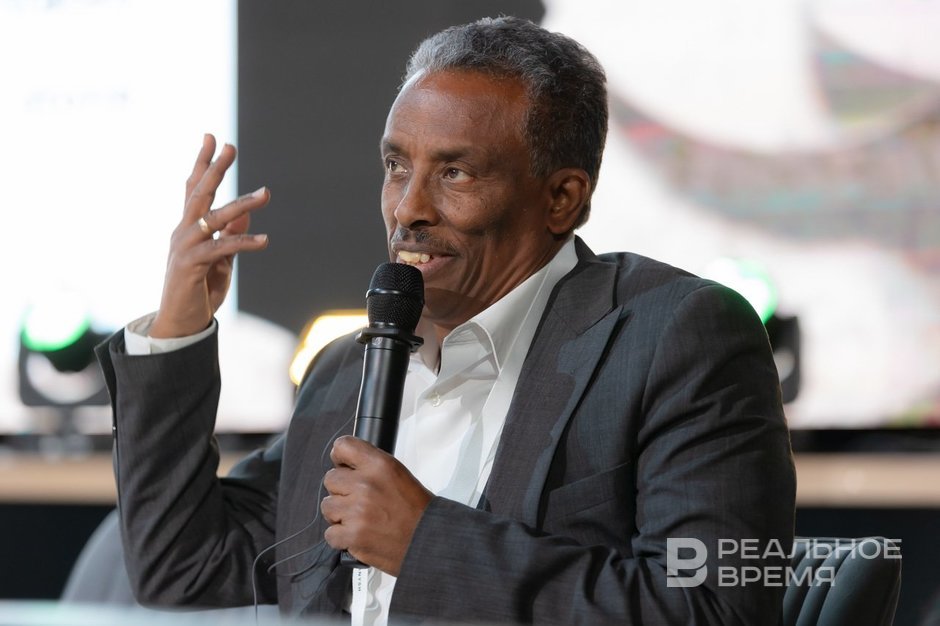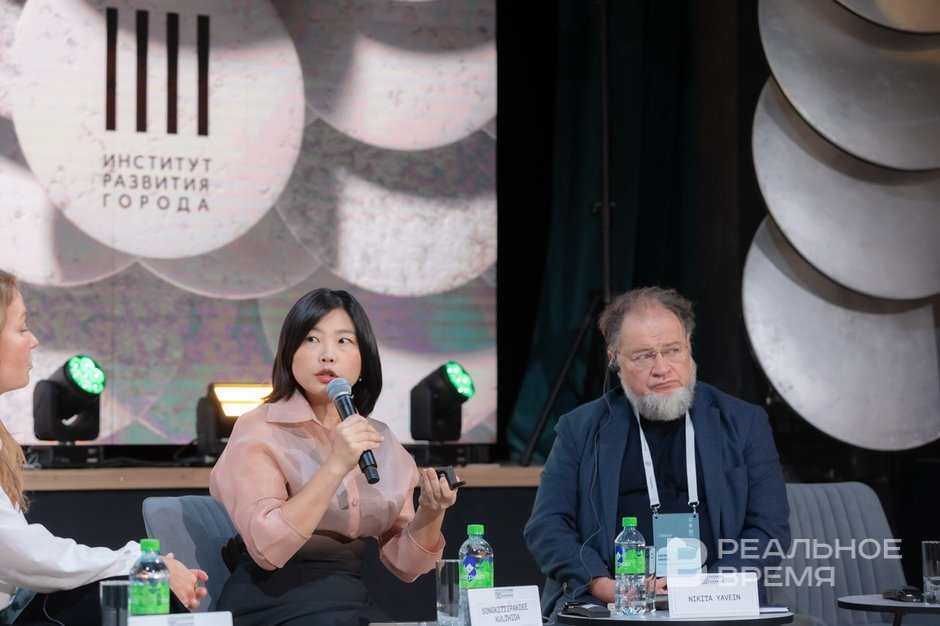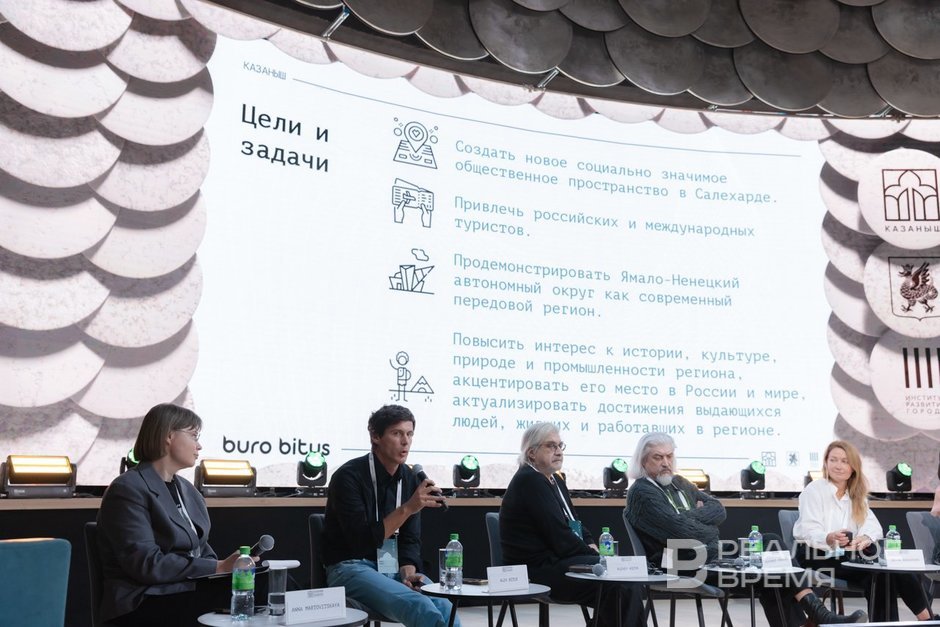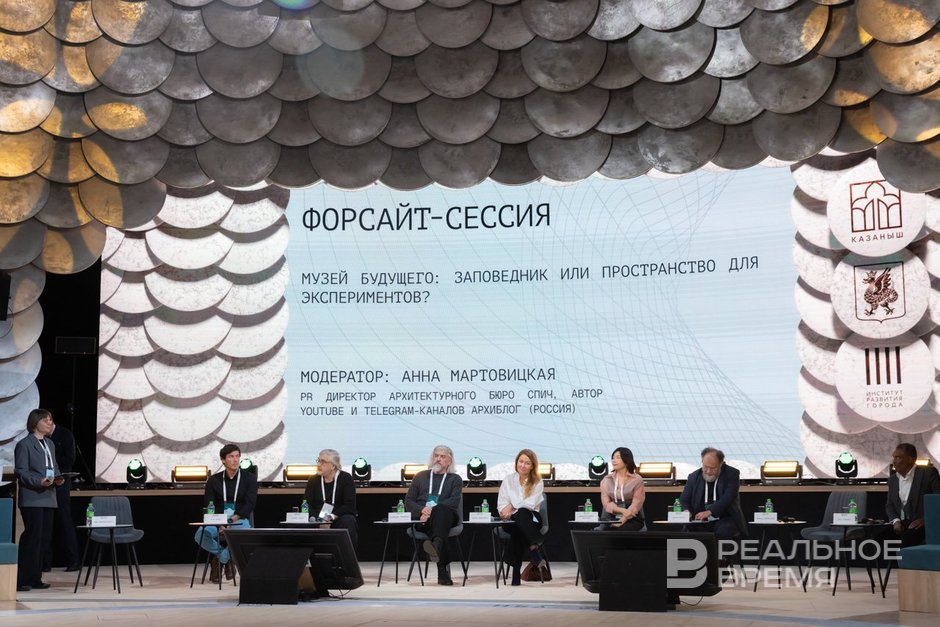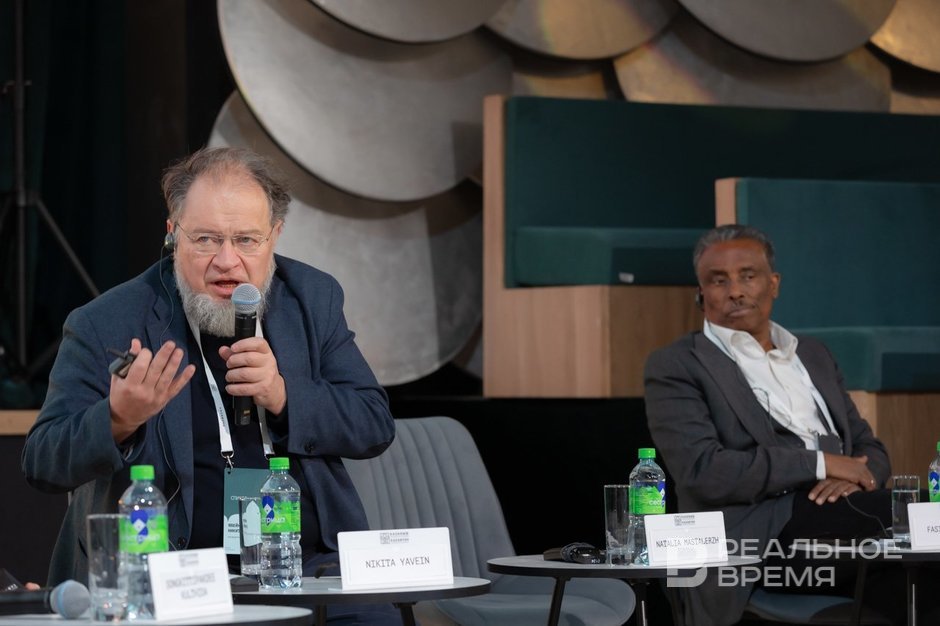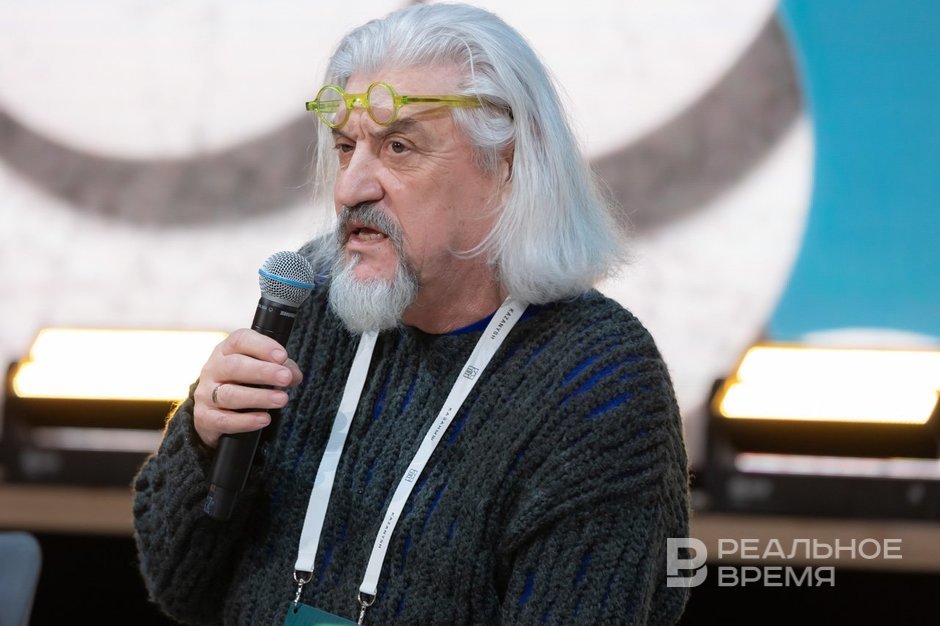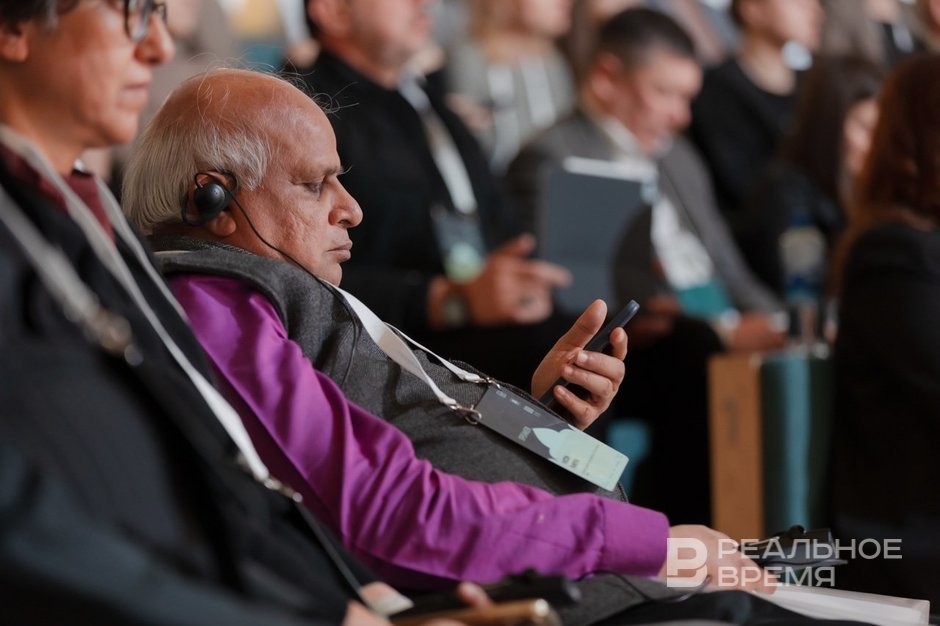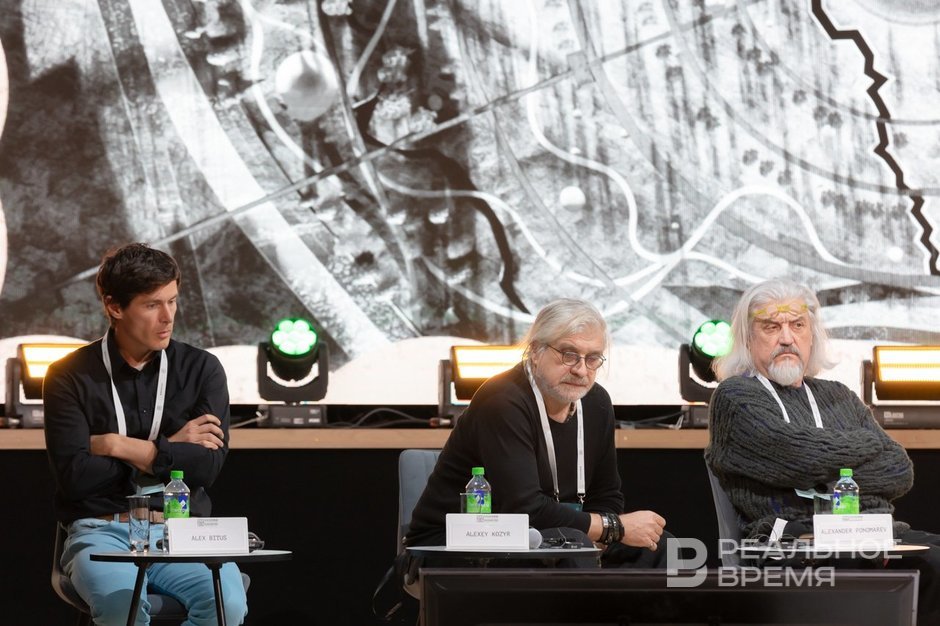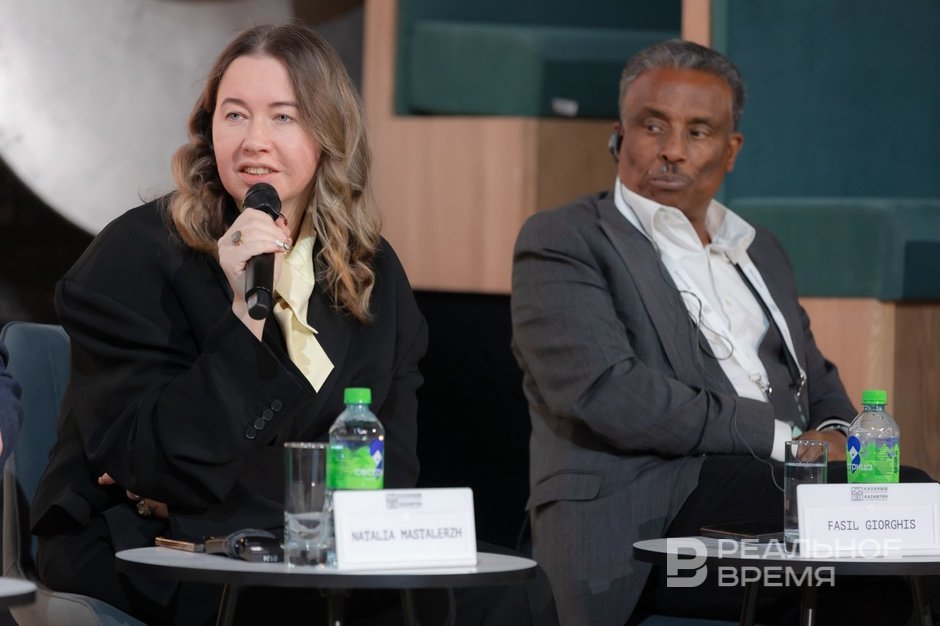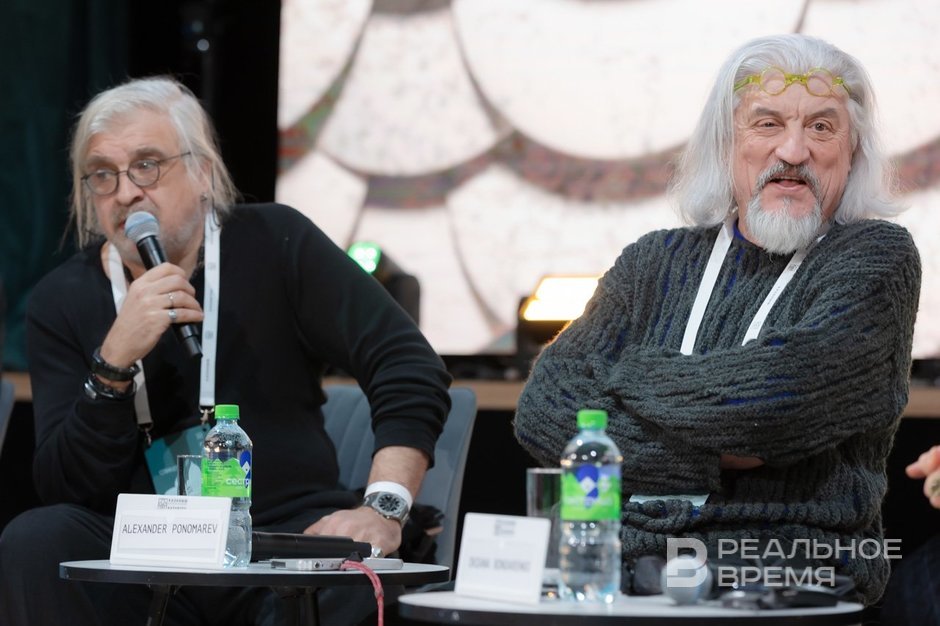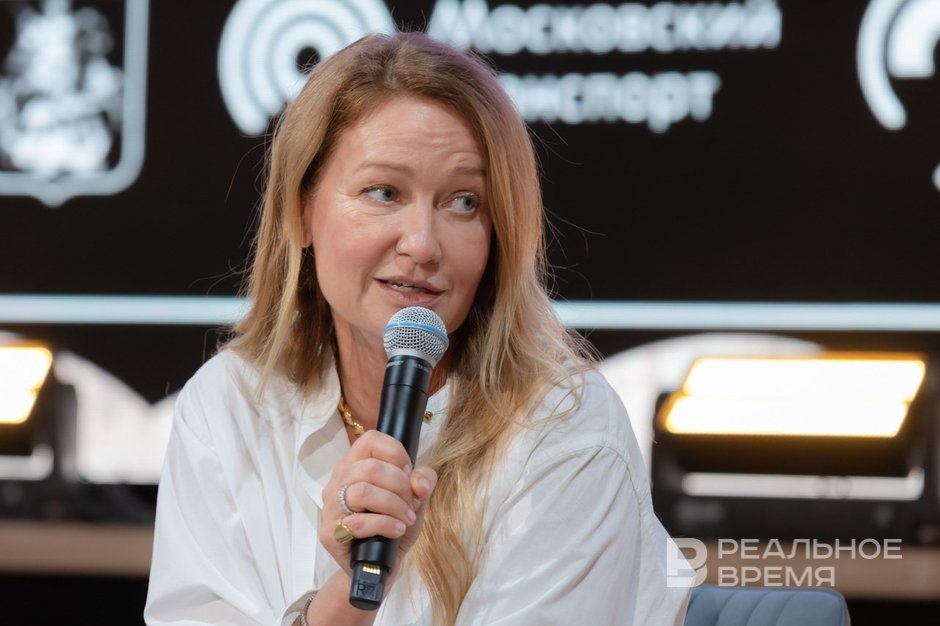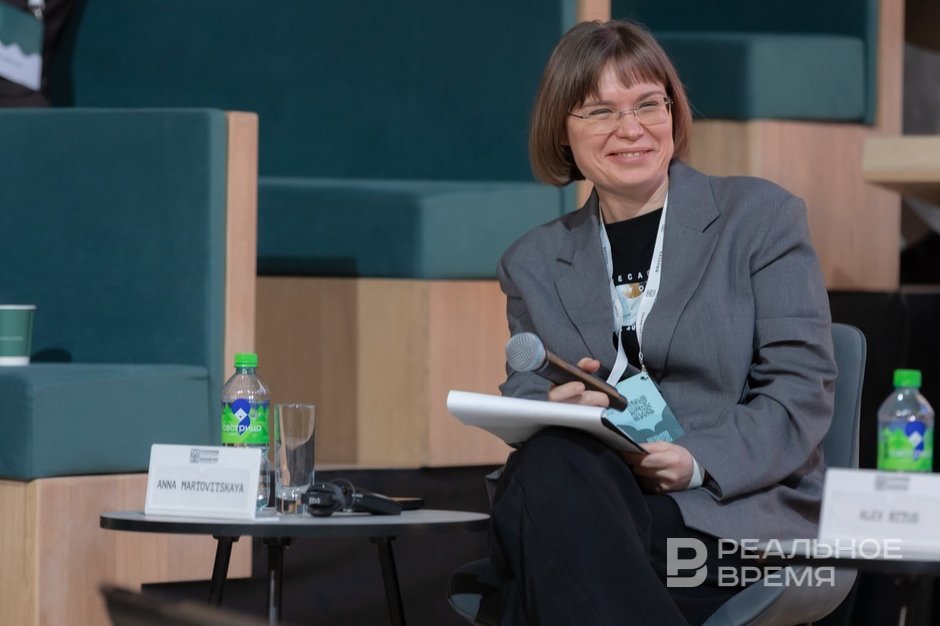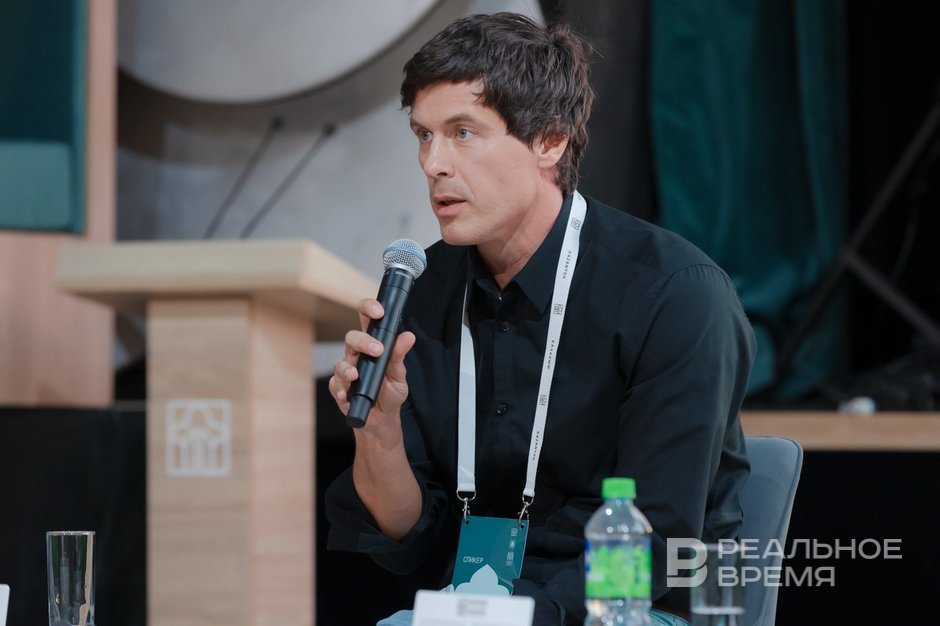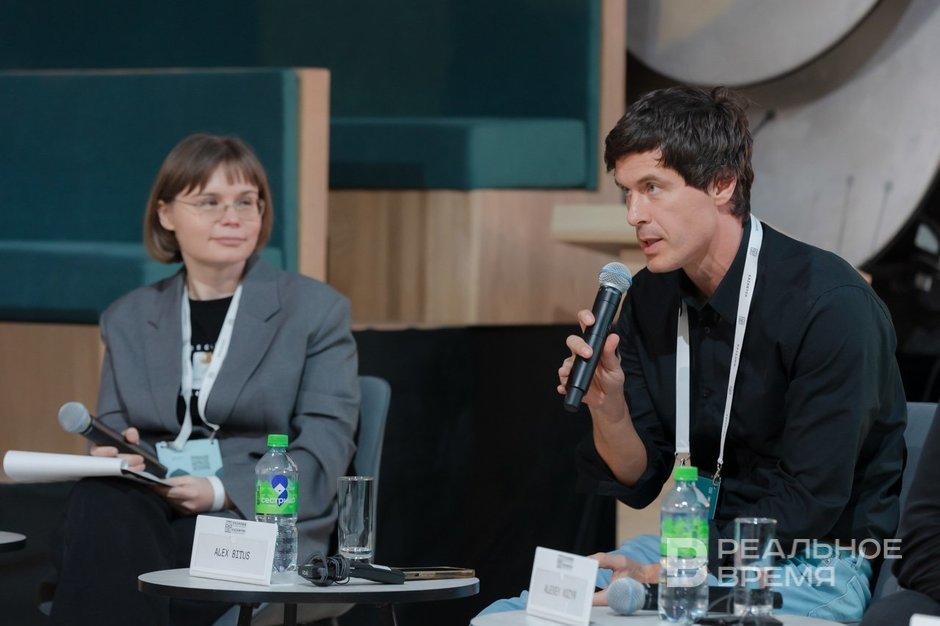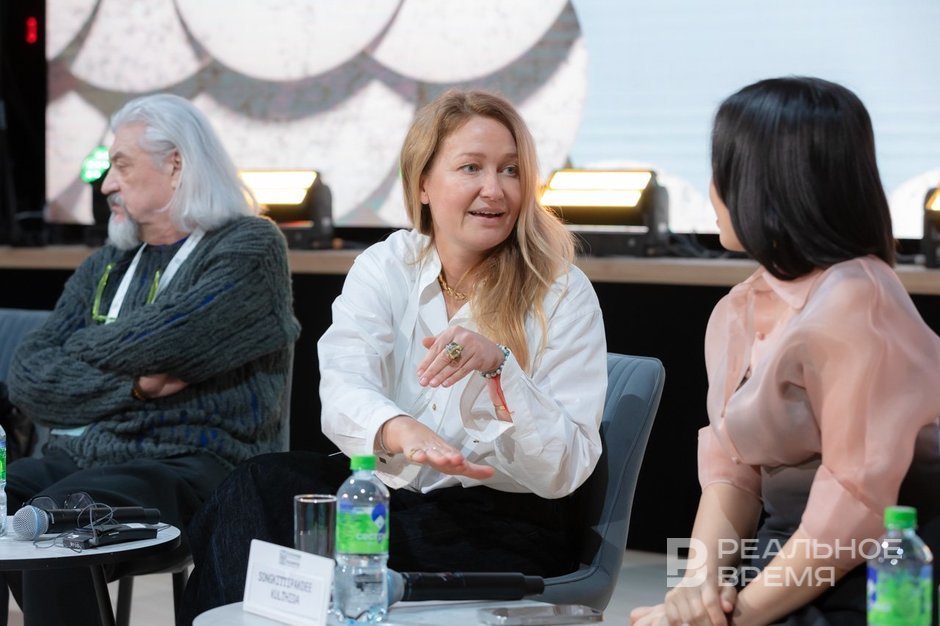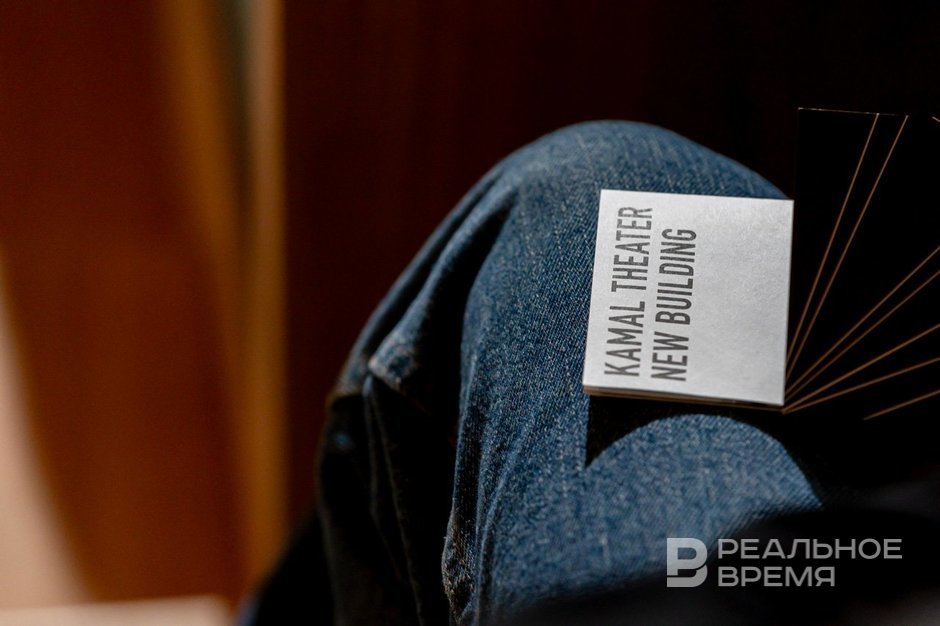Hammer as a symbol of modern exposition
Museums of Ethiopia, Hong Kong and the Arctic were discussed at Kazanysh
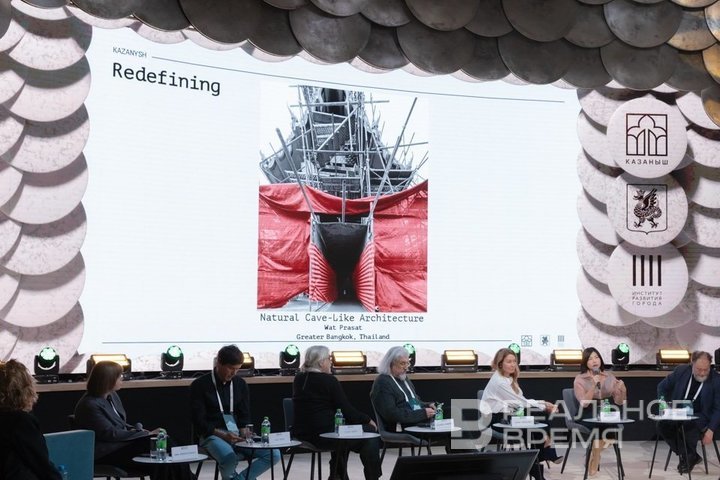
The history of the Red Terror, a floating space inspired by mirages, and Arctorium centre, suspiciously reminiscent of the new building of the Kamala Theatre — these topics were discussed at Kazanysh forum as part of the foresight session: “Museum of the Future: a Reserve or a Space for Experiments?” Despite the differences in the projects, some of them showed striking similarities — they all strive to become not just a space for objects, but an installation offering a unique experience.
Terror and Aluminium
Fasil Giorghis, CEO and chief architect of the Ethiopian company Fasil Giorghis Consult, told how more than 15 years ago he was asked to discuss the idea of putting up a monument in Meskel Square. He also suggested creating a memorial museum for the victims of the Red Terror, since events related to the era of the military dictatorship took place in this place.
He talked to students of 20 years old, they did not witness these events. This worried him, because they need to think about the future, explained Giorghis.
Interestingly, the museum looks like it was carved in stone — this is an allusion to local temples. Giorghis calls it the Never Again museum:
This is a place to discuss their country in the past and use our experience in the future.
There are not many museums in Bangkok, noted co-founder and chief architect of the Jenchieh Hung + Kulthida Songkittipakdee / HAS design and research Songkittipakdee Kultida, despite the fact that their agglomeration is home to 10 million people. Although there is interest in such objects, as an example, Kultida cited the story of one of the temples, which was not closed during restoration, but hidden with a special banner. The temple was especially interesting to teenagers.
Her company was also involved in the creation of the Aluminum Museum.
In the place where they did it, there were no cultural spaces, but they noticed that there were a lot of advertising billboards — made of aluminum. We realised that this could be used, noted Kultida. As a result, aluminium profiles are used for both external and internal decoration.
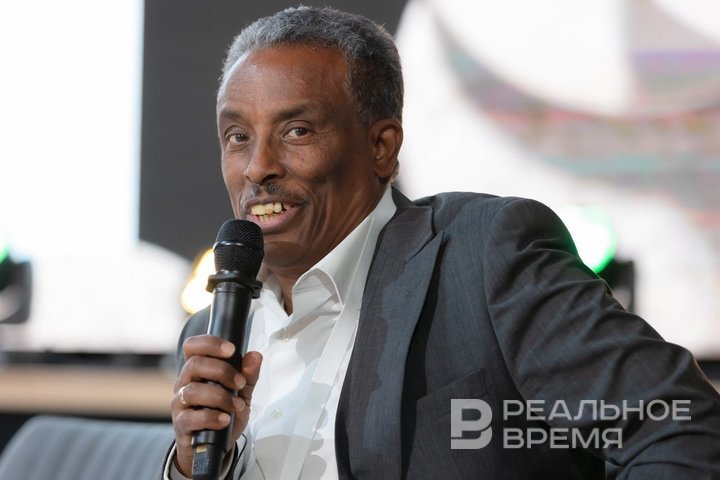
“We need to take people out of their comfort zone”
The poetic level of the discussion was raised by Nikita Yavein, the head of the architecture bureau Studio 44, who spoke incoherently but with great inspiration about the memorial to the Battle of Leningrad on the Pulkovo Heights. Each of its elements was illustrated by a weighty word. For example, the rift, which the visitor enters from the parking lot, and then ends up in a bowl with glass sculptures.
“Here we went for a very dangerous thing,” Yavein noted, “there are the shadows of these people, their prints, we are with them, we are together, we are one in the bowl, where real people stand with human images.
At the same time, to get into the bowl, you need to go through the rings of time, not jumping, but going sequentially, Yavein pointed out. Also, in the process of working on the memorial, the authors took German aerial photography, turned one of the trenches and many craters into a museum.
“It seems to me that today we should not be afraid to “hit people on the head with a hammer,” Yavein summed up. “In general, this is the only way it works. We need to take a person out of their comfort zone, transfer them to a system of images, transplant them to another coordinate system.”
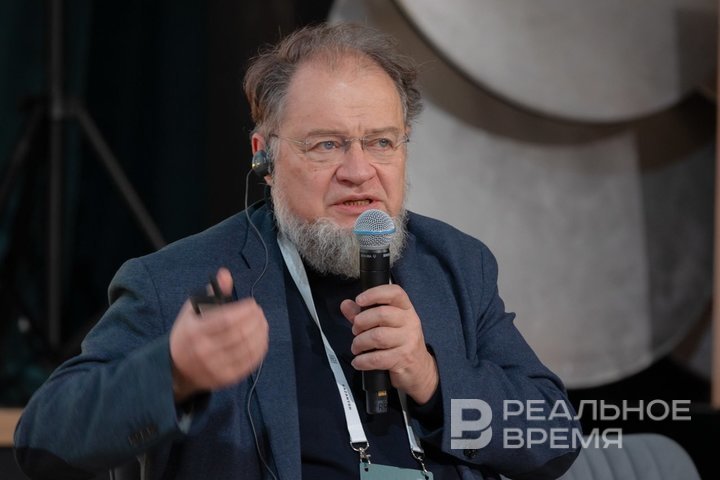
At the beginning of his speech, artist and commissioner of the Antarctic and Arctic Biennale Alexander Ponomaryov recited poems about mirages, which became the basis for the presentation of two museums for polar zones, Mirage Architecture. Both are not stationary and can be located anywhere where there are bodies of water. Both were conceived in collaboration with architect Alexey Kozyr.
The first project is a landing stage with three exhibition cubes that can move vertically. And the second is a towed float ship that can, if necessary, stand on its end, filling the kingstones. “These museums, in fact,” noted Ponomarev, “are art installations. And not a house, and not a ship, but some kind of history, the architecture of mirages, a changing museum, a changing space, not tied to either time or place.”
“A monstrous road of constant experiments on the edge”
The Moscow Transport Museum, located in the building of the former truck garage of the avant-garde architect Konstantin Melnikov, is just getting ready to open. But, as its director Oksana Bondarenko pointed out, they are not going to flirt with the audience.
“We could take the monstrous road of constant experiments on the edge, flirting with the audience,” noted Bondarenko. “We believe that it needs to be extremely rejuvenated — and only through high multimedia, including exhibition projects and programs, can we reach this audience. But a proper balance is very important.”
And that is why the transport museum is analogue, despite the 960s units of multimedia content.
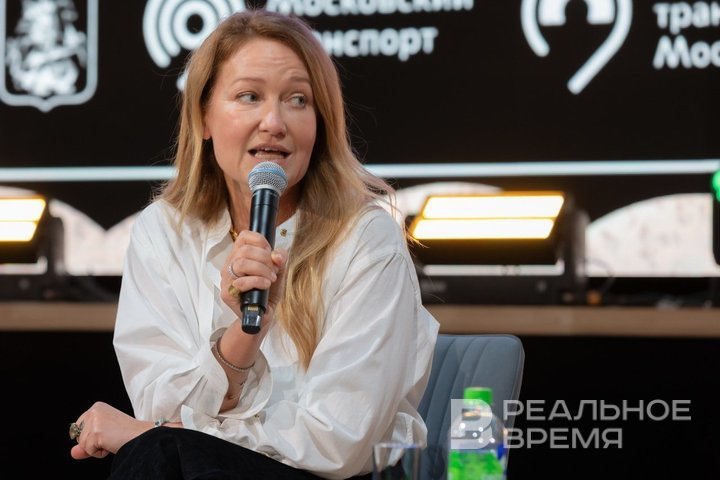
“I personally monitored this soft balance so as not to turn into a cinema museum, a multimedia screen museum.”
The session was concluded by the speech of the founder and creative director of Buro Bitus Bureau, Alex Bitus, who spoke about the upcoming project of the immersive museum of the centre for the history and development of the Arctic Arctorium in Salekhard. Incidentally, this is the project when the museum exposition was developed before the building was conceived, he noted.

“The idea from the architectural point of view was that this is the Arctic, ice, permafrost, which, gradually melting, shows us history, gives artefacts,” said Bitus.
At the same time, the renders on the screen were very reminiscent of the current Kamal Theatre, where the conversation took place. And the story of the ice cracks correlated with the theme of the memorial at Pulkovo Heights. And, of course, the Arctic focus rhymed with the fantastic projects of Ponomaryov-Kozyr.
It turns out that modern museums, despite the difference in budgets, historical and cultural backgrounds, are developing in one direction — from a repository of funds, they are turning into a context in which the visitor is immersed, filling the kingstones of consciousness, head over heels, temporarily shifting the focus of attention from the world changing with astonishing speed, to the past as a source of inspiration.
